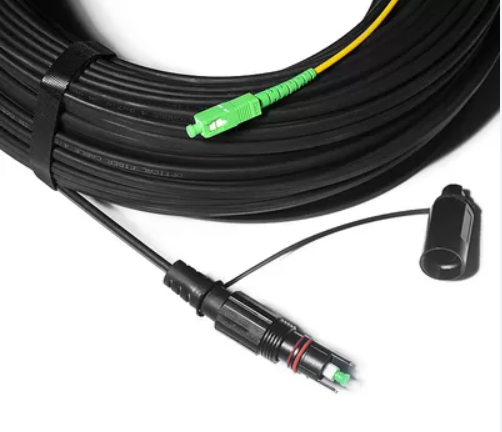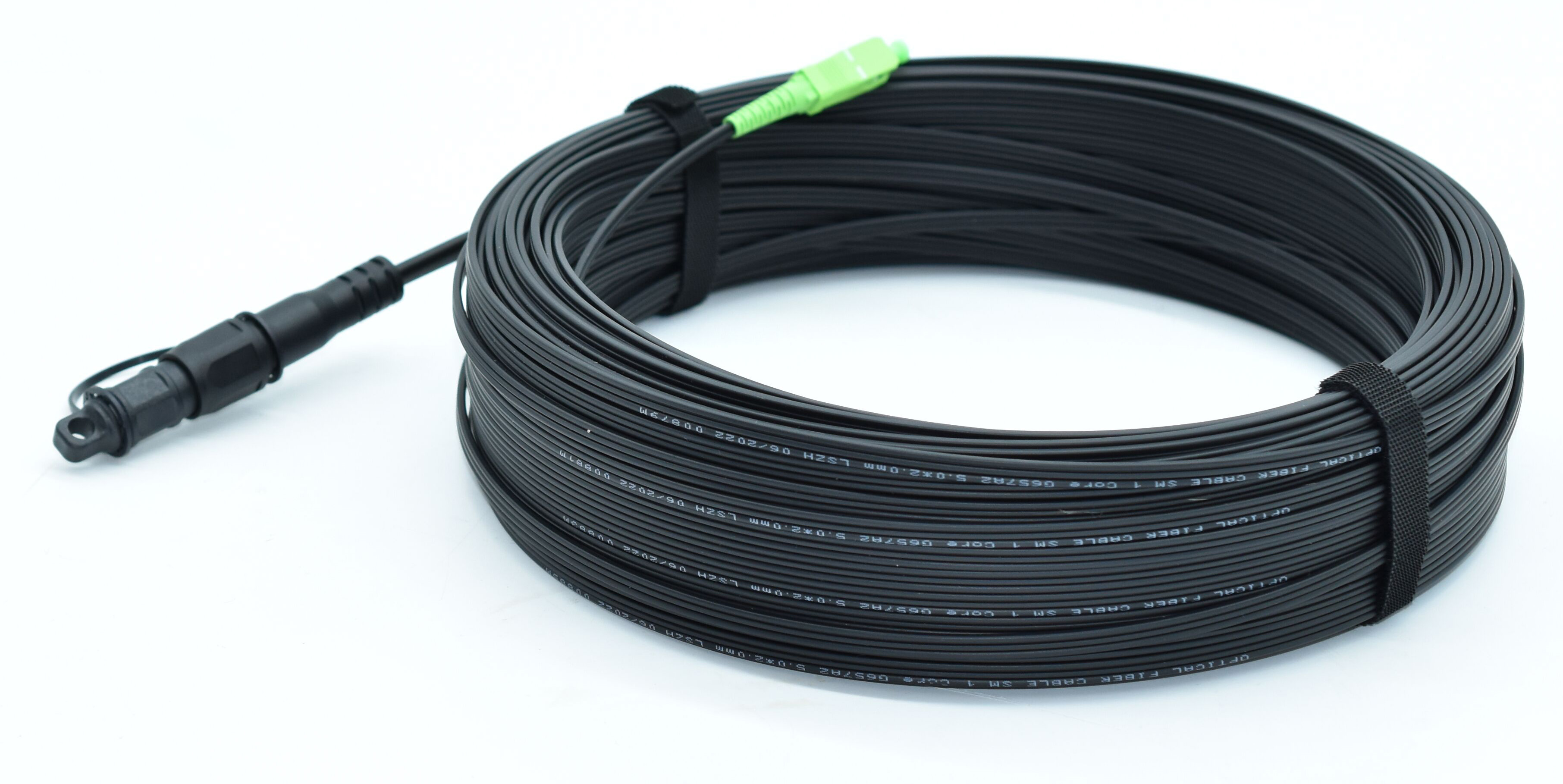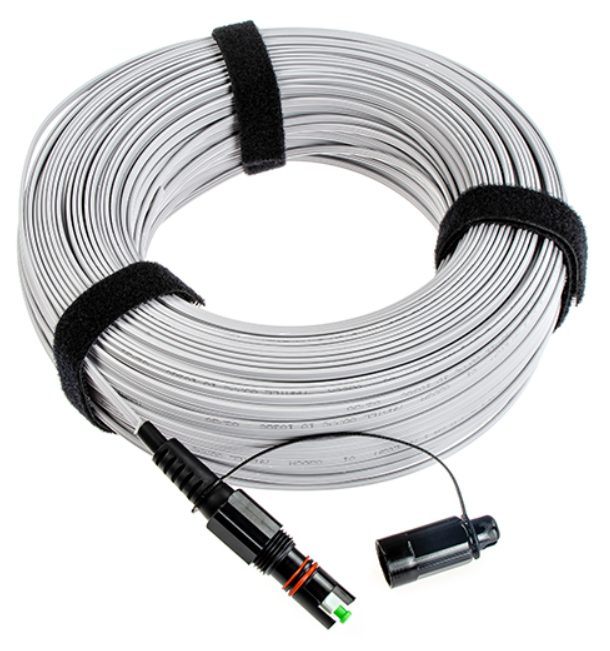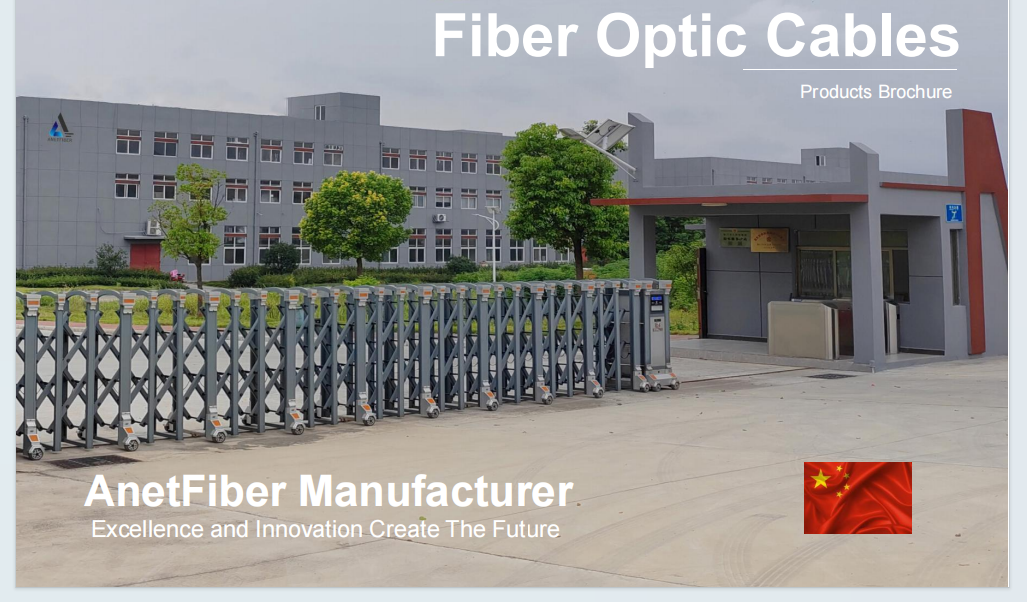Comparing SC/APC Hardened Patch Cords: Types and Benefits

Understanding SC/APC Hardened Patch Cords
SC/APC hardened patch cords are crucial components for ensuring reliable and efficient network connections. These specialized fiber optic cables are designed to withstand harsh environments and provide enhanced durability compared to standard patch cords. The term "hardened" refers to the additional protective measures taken during the manufacturing process, making them more resistant to physical damage, moisture, dust, and temperature variations.
Hardened SC/APC patch cords are commonly used in telecommunications networks, data centers, and industrial applications where robust connectivity is essential. They offer superior performance and reliability, making them suitable for demanding environments such as outdoor installations or areas with high levels of vibration or exposure to chemicals.
Exploring Different SC/APC Patch Cord Types
When it comes to SC/APC patch cords, there are two primary types to consider: single-mode and multimode patch cords. Each type has its own characteristics and is suitable for different applications and scenarios.
Single-mode vs. Multimode Patch Cords
Single-mode patch cords are designed for long-distance transmission over single-mode fiber optic cables. They have a smaller core size, typically 9 microns, which allows for a single pathway of light to travel through the fiber. This results in lower dispersion and attenuation, making single-mode patch cords ideal for high-bandwidth applications over longer distances.
On the other hand, multimode patch cords are used for shorter distance transmissions within data centers or local area networks (LANs). They have a larger core size, typically 50 or 62.5 microns, allowing multiple pathways of light to propagate simultaneously. While multimode patch cords offer higher data rates over short distances, they experience more signal loss due to modal dispersion.
Choosing between single-mode and multimode patch cords depends on the specific requirements of your network. Single-mode is typically preferred for long-haul connections or applications that demand high bandwidth, such as telecommunication backbones or campus networks. Multimode is commonly used in LANs or data centers where shorter distances are involved.
Simplex vs. Duplex Patch Cords
Another consideration when selecting SC/APC patch cords is whether you need simplex or duplex configurations.
Simplex patch cords consist of a single fiber strand with one connector at each end. They are used when only one-way communication is required or when space constraints exist.
Duplex patch cords, on the other hand, feature two fibers within a single cable jacket with two connectors at each end. This configuration enables bidirectional communication by using one fiber for transmitting signals and the other for receiving signals simultaneously.
The choice between simplex and duplex depends on your network's requirements. Simplex patch cords are suitable for point-to-point connections or instances where unidirectional communication is sufficient. Duplex patch cords are commonly used in applications that require simultaneous bidirectional communication, such as connecting network switches or routers.

Highlighting the Advantages of Hardened Patch Cords
Hardened SC/APC patch cords offer several key advantages over standard patch cords, making them an excellent choice for network installations that require enhanced durability and signal performance.
Enhanced Durability and Protection
One of the primary benefits of hardened patch cords is their increased durability. These patch cords are designed to withstand harsh environments, including extreme temperatures, moisture, dust, and physical damage. They are constructed with rugged materials and reinforced connectors that provide added protection against wear and tear.
By using hardened SC/APC patch cords, network administrators can ensure reliable connectivity even in challenging conditions. Whether it's an outdoor installation exposed to the elements or an industrial setting with high levels of vibration or chemicals, these patch cords offer robust protection that extends their lifespan.
Improved Signal Performance
Another advantage of using hardened patch cords is their ability to maintain signal integrity. These patch cords are engineered to minimize signal loss and distortion, resulting in improved transmission quality. By reducing attenuation and dispersion, hardened SC/APC patch cords enable more efficient data transfer across fiber optic networks.
With better signal performance, network administrators can achieve higher data rates and greater bandwidth capacity. This is particularly important for applications that rely on fast and reliable communication, such as video streaming, cloud computing, or voice-over-IP (VoIP) services.
In summary, the benefits of using hardened SC/APC patch cords include enhanced durability in challenging environments and improved signal performance for reliable data transmission.
Comparing Features of Hardened Patch Cords
When comparing hardened patch cords, it's important to consider the different features that can impact their performance and suitability for specific applications.
Connector Types and Polishing
Hardened patch cords are available with various connector types, including SC, LC, and ST. Each connector type has its own advantages and is compatible with different equipment. It's crucial to choose the right connector type based on your network requirements and the devices you'll be connecting.
In addition to connector types, proper polishing of the connectors is essential for optimal performance. A well-polished connector ensures low insertion loss and return loss, minimizing signal degradation. It's recommended to use high-quality connectors that undergo rigorous polishing processes to achieve reliable and consistent results.
Cable Construction and Jacket Materials
The construction of hardened patch cords can vary in terms of cable design and jacket materials used. Different cable constructions offer varying levels of flexibility, durability, and environmental resistance.
For example, tight-buffered cables have a thicker protective layer around each fiber strand, providing increased durability against physical damage. Loose-tube cables have a gel-filled buffer tube that offers better protection against moisture ingress.
Jacket materials also play a role in determining the overall performance of hardened patch cords. Common jacket materials include PVC (polyvinyl chloride), LSZH (low smoke zero halogen), and TPU (thermoplastic polyurethane). Each material has its own characteristics in terms of flexibility, flame resistance, and environmental impact.
Considering cable construction and jacket materials allows network administrators to select hardened patch cords that meet their specific needs in terms of flexibility, durability, flame resistance, or compliance with environmental regulations.

Selecting the Right Patch Cord for Your Network
When it comes to selecting the right hardened patch cord for your network, there are several factors to consider. By understanding your network requirements and matching them with the appropriate specifications, you can ensure optimal performance and reliability.
Considerations for Network Requirements
To begin, assess your network requirements. Consider factors such as data transmission speed, bandwidth capacity, and distance. Determine whether you need single-mode or multimode patch cords based on the length of your network connections and the type of fiber optic cables being used.
Additionally, take into account environmental conditions. If your network is exposed to harsh environments or requires outdoor installations, choose hardened patch cords that offer superior protection against moisture, dust, temperature variations, and physical damage.
It's also important to consider compatibility with existing equipment. Ensure that the connector type of the patch cord matches the connectors on your devices or use appropriate adapters if needed.
Choosing the Appropriate Length
Selecting the appropriate length for your patch cord is crucial to avoid signal loss and cable management issues. Measure the distance between devices accurately and choose a patch cord that provides enough slack without excessive lengths that can lead to signal degradation.
Remember to account for any bends or twists in cable routing when determining the required length. It's better to have a slightly longer patch cord than one that is too short and puts strain on connectors or restricts movement.
By carefully considering network requirements and choosing the appropriate length, you can ensure seamless connectivity and minimize potential issues in your network infrastructure.
Maintaining and Extending Patch Cord Lifespan
Proper maintenance is essential for maximizing the lifespan of hardened patch cords and ensuring their optimal performance. By following best practices for handling, storage, inspection, and cleaning, you can extend the longevity of your SC/APC hardened patch cords.
Proper Handling and Storage
When handling hardened patch cords, it's important to exercise caution to prevent damage. Avoid excessive bending or twisting of the cables, as this can lead to signal loss or breakage. Instead, handle them with care and use gentle curves when routing the cables.
Proper storage is also crucial in maintaining patch cord integrity. Store them in a clean and dry environment, away from excessive heat or cold temperatures. Use cable management solutions such as racks or trays to prevent tangling or entanglement with other cables.
Regular Inspection and Cleaning
Regular inspection of your patch cords is vital to identify any signs of wear or damage. Check for any bent connectors, frayed fibers, or loose connections. If any issues are detected, replace the affected patch cord promptly to avoid further complications.
Cleaning your hardened patch cords on a regular basis helps maintain optimal performance. Dust and debris can accumulate on connectors over time, leading to signal degradation. Use lint-free wipes and approved cleaning solutions to gently remove dirt and contaminants from the connectors. Be cautious not to apply excessive force that could damage the connectors during cleaning.
By implementing proper handling practices, storing in suitable conditions, conducting regular inspections, and performing routine cleaning, you can significantly extend the lifespan of your SC/APC hardened patch cords while ensuring reliable network connectivity.
Making Informed Decisions About Hardened Patch Cords
Understanding the types and benefits of SC/APC hardened patch cords is crucial for making informed decisions about your network infrastructure. By considering factors such as network requirements and cable features, you can select the right hardened patch cords that meet your specific needs.
Whether you need single-mode or multimode patch cords, simplex or duplex configurations, it's important to match the specifications with your network requirements. Additionally, taking into account connector types, cable construction, and jacket materials ensures optimal performance and durability.
Implementing proper maintenance practices, such as handling with care, storing in suitable conditions, regular inspection, and cleaning, will extend the lifespan of your hardened patch cords.
By understanding these aspects and making informed decisions about hardened patch cords, you can ensure reliable and efficient network connections in various applications and environments.

See Also
Discovering the Advantages of OptiTap Hardened Connectors
Harnessing the Potential of FastConnect: Features and Advantages
The Benefits and Installation Guide of OptiTap in Flat Cable
Advantages of OptiTap MPO Multimode OM3 IP68-rated Waterproof Fiber Optic Cables
OptiTap's Waterproof FTTA Patch Cord: A Reliable Outdoor Connectivity Solution


